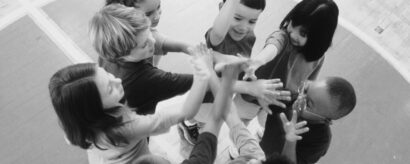
Thought Leadership




Different Paths Up the Same Mountain
Climbing to the top of Yosemite’s Half Dome and looking out over the entire...

Flipping the Switch: SEL Lights the Path for Academic and Personal Success in Schools
This article was originally published on EdSurge on July 10, 2014 In this...

Special Education and the Common Core
The transition to the Common Core State Standards presents both a challenge and...